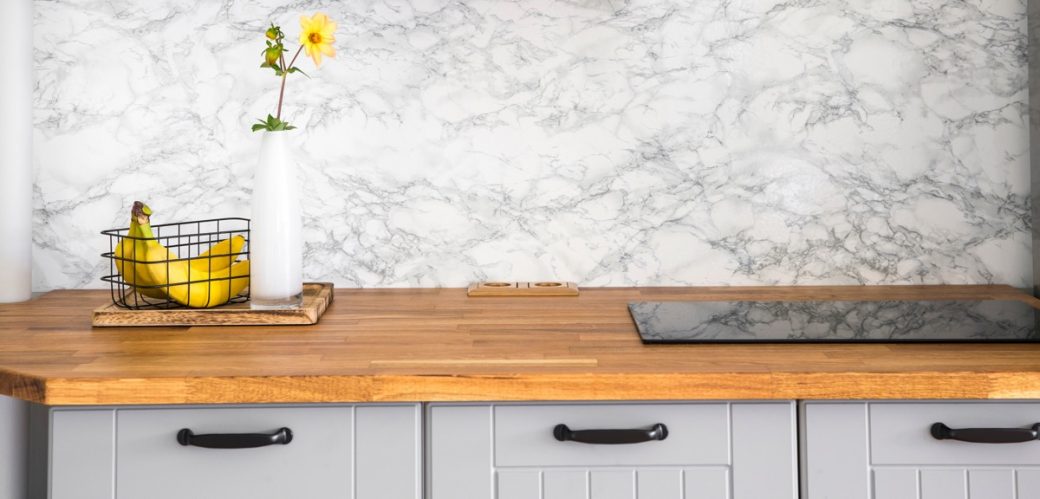https://www.belktile.com/wood-look/In recent years, wood-look tiles have surged in popularity, providing a stylish and practical alternative to traditional flooring options. Among the myriad of flooring choices available, wood-look tiles and luxury vinyl tile (LVT) are two contenders that often come up in design discussions. Both offer distinct advantages, but wood-look tiles are carving out a niche of their own. Here’s why wood-look tiles might be the superior choice for your next flooring project.
What Are Wood-Look Tiles?
Wood-look tiles are ceramic or porcelain tiles designed to mimic the appearance of real wood. They come in various sizes, colors, and textures, capturing the essence of natural wood with the durability of tile. Advanced printing technology allows these tiles to replicate the intricate grain patterns and textures of different wood species, making them nearly indistinguishable from the real thing.
Benefits of Wood-Look Tiles
- Durability and Maintenance: Unlike real wood, which can be susceptible to scratches, stains, and water damage, wood-look tiles are highly durable. They resist moisture, stains, and heavy traffic, making them ideal for areas like kitchens, bathrooms, and entryways. Cleaning is straightforward; a simple sweep and mop will keep them looking fresh.
- Versatility in Design: Wood-look tiles offer a range of styles and finishes that can complement various interior design themes. Whether you prefer the warm tones of oak, the rustic charm of reclaimed wood, or the sleek elegance of walnut, there’s a wood-look tile to match your vision. They can be used in a variety of settings, including modern, farmhouse, and industrial designs.
- Allergy-Friendly: Unlike carpet, which can harbor dust and allergens, wood-look tiles are hypoallergenic. They don’t trap dust or allergens, contributing to a cleaner and healthier indoor environment.
- Long-Term Investment: While the initial cost of wood-look tiles might be higher than some other options, their longevity and low maintenance requirements can make them a cost-effective choice in the long run. They are less likely to need replacement or extensive repairs compared to natural wood.
Comparing Wood-Look Tiles to LVT
Luxury Vinyl Tile (LVT) is another popular option that imitates the look of wood. It offers its own set of benefits, such as ease of installation and comfort underfoot. However, there are some key differences between LVT and wood-look tiles that might influence your decision:
- Durability: While wood look tiles over LVT is resilient and water-resistant, it can still be prone to scratches and dents, particularly in high-traffic areas. Wood-look tiles, on the other hand, are much harder and more resistant to physical damage, making them a better choice for high-use spaces.
- Moisture Resistance: Both options handle moisture well, but wood-look tiles excel in areas prone to high humidity or water exposure. They are less likely to warp or buckle compared to LVT, which can be sensitive to extreme conditions.
- Aesthetic Appeal: Wood-look tiles generally offer a more authentic look and feel of natural wood compared to LVT. The texture and depth of real ceramic or porcelain tiles often provide a more convincing imitation of wood grain.
- Installation and Comfort: LVT is known for its easy installation process, often featuring click-lock systems that make DIY projects manageable. It also provides a softer feel underfoot, which can be more comfortable for standing for long periods. Wood-look tiles typically require professional installation, including underlayment and grout work, but offer superior durability.
Conclusion
Choosing between wood-look tiles and LVT largely depends on your specific needs and preferences. Wood-look tiles stand out for their durability, realistic appearance, and longevity, making them a compelling option for those seeking a high-quality, long-term flooring solution. LVT, with its ease of installation and comfort, remains a strong contender, particularly in situations where a softer, more forgiving surface is desired.
Ultimately, both wood-look tiles and LVT offer unique advantages. By understanding the key differences and benefits of each, you can make an informed decision that aligns with your lifestyle and design goals.

